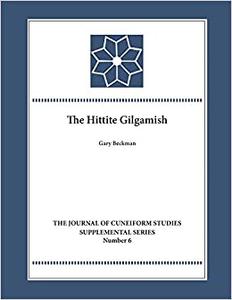
Gary M Beckman, "The Hittite Gilgamesh"
English | 2019 | ISBN: 194848806X | PDF | pages: 113 | 3.2 mb
From the late third millennium BCE on, the adventures of the hero Gilgamesh were well known throughout Babylonia and Assyria, and the discovery of Akkadian-language fragments of versions of his tale at Boğazkoy, Ugarit, Emar, and Megiddo demonstrates that tales of the hero's exploits had reached the periphery of the cuneiform world already in the Late Bronze Age. A century of excavation at the Hittite capital of Hattusa (mod. Boğazkoy) has yielded more textual sources for Gilgamesh than are known from all other Late Bronze Age sites combined. The Gilgamesh tradition was imported to Hattusa for use in scribal instruction, and has been of particular importance to modern scholars in reconstructing the epic and analyzing its development, since it documents a period in the history of the narrative for which very few textual witnesses have yet been recovered from Mesopotamia itself. And it is this very Middle Babylonian period to which scholarly consensus assigns the composition of the final, "canonical" version of the epic. The Hittite Gilgamesh offers a full edition of the manuscripts from Hattusa in the Hittite, Akkadian, and Hurrian languages recounting Gilgamesh's adventures.
Links are Interchangeable - No Password - Single Extraction



